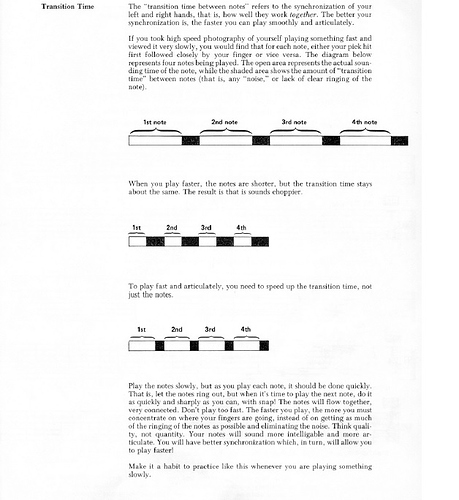Interesting post @guitarenthusiast,
Isn’t this like trying to find a needle in a stack of needles? (and the needle factory is on fire)
How on earth would one go about compiling that in a nice package?
How you would quantify this? It is hard to make a judgement on whether the left hand is ‘good’ enough - unless there is a total failure to produce a note. Also, does ‘work’ mean work on, or to understand more. I agree that it takes a lot of work and dedication to get a world-class fretting hand, but is it more just 'work that’s needed? Probably more than not in my estimation.
This is quite interesting, could you point me to the material?
I don’t think anyone is suggesting that the right hand is the be all and end all…
I agree that it is 50% (seeing as we usually use 2 hands), but I cant help but think the weighting of difficulty and misguidance that has plagued players for decades is firmly in the realms of the picking hand.
Good post though, definitely food for thought. I’m happy to have my mind changed…just not happened yet! 

 )
)
